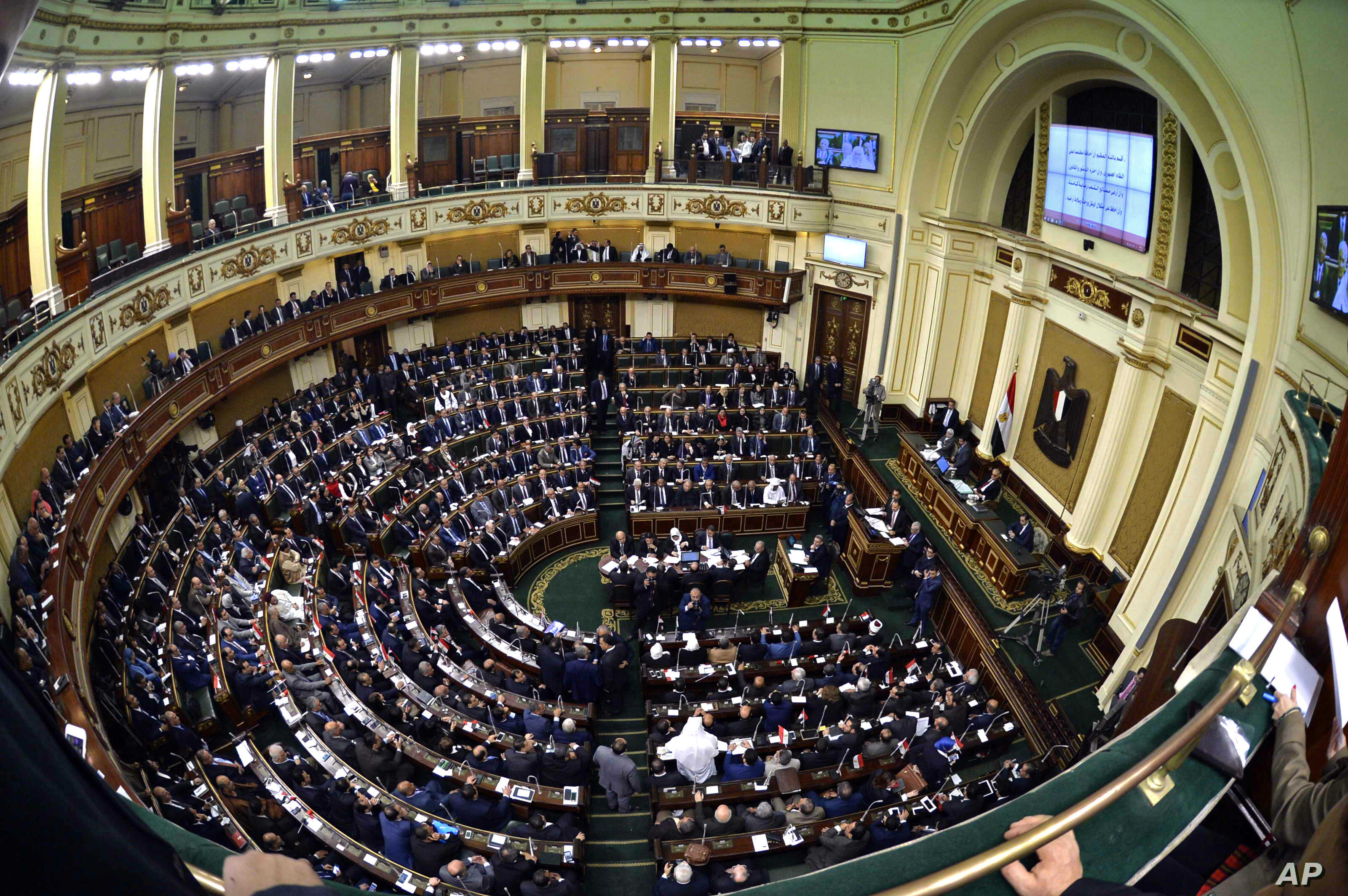American political philosopher John Rawls had a nice idea about how material and non-material rights should be allocated across individuals fairly. In the quest for such a scheme, Rawls illustrated his argument through the following scenario: imagine a situation in which all members of a society need to agree on an allocation scheme of basic rights and liberties among them but they do not know their exact status socially, economically, politically, etc.
Rawls calls this the “original position.” So what should be a fair allocation scheme?
Rawls expressed his ideas in the following terms: “A set of principles is required for choosing among the various social arrangements which determine the division of advantages and for underwriting an agreement on the proper distributive shares.” This seems quite intuitive. However, Rawls goes the extra mile that distinguishes him from other philosophers like John Locke and John Stuart Mill, arguing that a fair distributional scheme should be claim-egalitarian in the sense that it allows individuals to have equal claims for basic rights and liberties. But if it happens that inequalities arise, then the distributional scheme should actually act to favor the most disadvantaged people in a society.
The rationale of Rawls is quite clear. If all individuals do not know their original positions, then for every individual, there will always be the likelihood to be disadvantaged once the fog is lifted; henceforth, they will favor a scheme to help the disadvantaged without harming the privileged.
The original position cannot be easily realized. However, Egypt saw this elusive Rawlsian moment in the aftermath of the 2011 revolution when, across the spectrum, no political ideology was sure about its real weight among the electorate.
The timing for constitutional design was perfect then, before the 2011 parliamentary elections and 2012 presidential election, which signaled the upper hand for the Islamic parties. Once elections were held before the constitution was drafted, a classical incentive problem in institutional design was created, in which the designer cannot put any rules that might disadvantage him or her at any future point. This is exactly the predicament Egypt was stuck in.
All the problems now surrounding the Constitution, including the major demonstrations and bloody clashes after the 22 November presidential decree, signal deeper problems. Nevertheless, the Constitution was endorsed in a December referendum by securing 64 percent of the votes from 33 percent of the electorate — or the equivalent of about a fifth of the country’s adult population.
Another point worth discussion is that applying a majority voting rule to approve a constitution is conceptually flawed, as the social contract approach in constitutional design should form a kind of consensus of public opinion.
Where is the consensus in the Egyptian case? The Constitution should not have been put to a vote in the first place. There are specialists who spend their entire lives studying how social contracts should be designed and who should have written it, without us resorting to the intrinsically flawed nature of a referendum.
A well-ordered ‘Rawlsian’ society is not based on a well-constructed constitution alone. Rather, it is a complex combination between solidarity and rights to build proper institutions that respect and enforce the rule of law. However, missing even the ‘philosopher’s stone’ at such early stages is a potentially serious error and reveals a failure to appreciate the Rawlsian rationale.
This could slow down the process of constructing new, inclusive political and economic institutions, and hinder Egypt’s democratization in the medium term. Let’s hope this is not the case.
Sherif Salem is an economist who holds a master of science degree from Queen Mary University, London. His current interests are political economy and moral philosophy.
This piece was originally published in Egypt Independent's weekly print edition.




